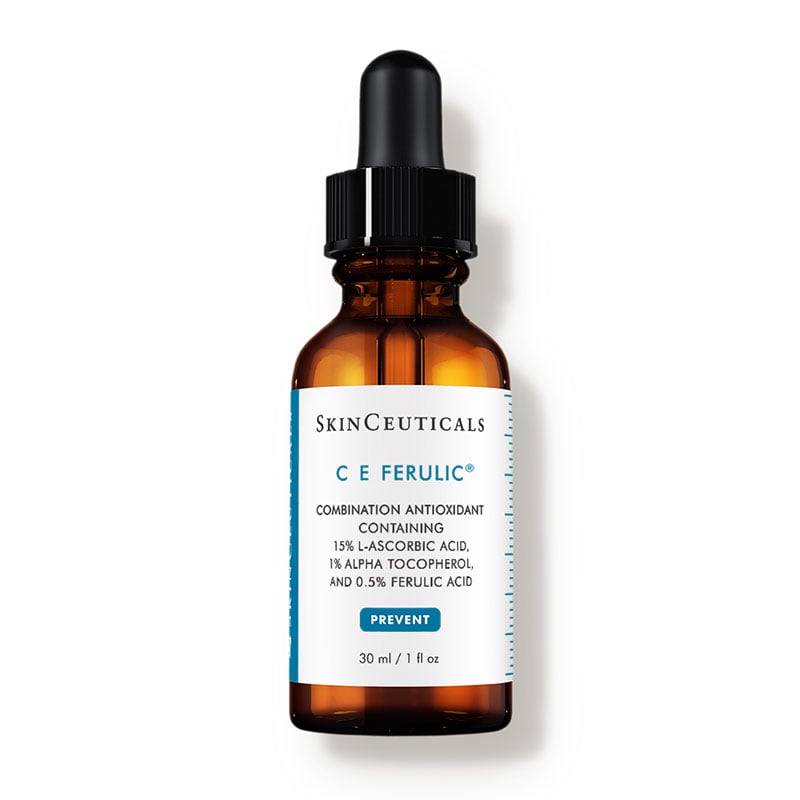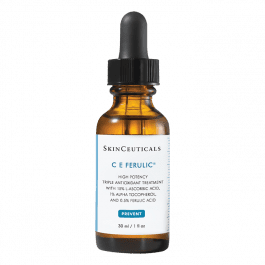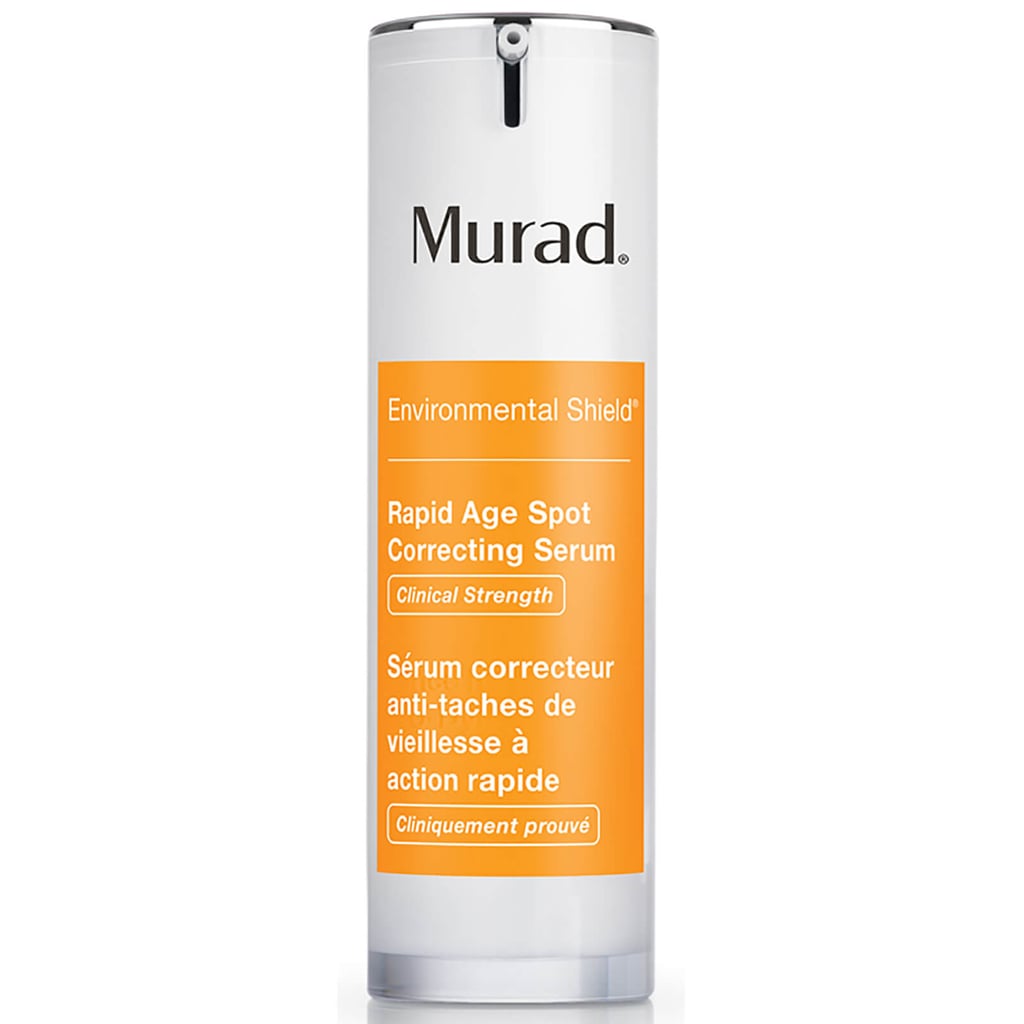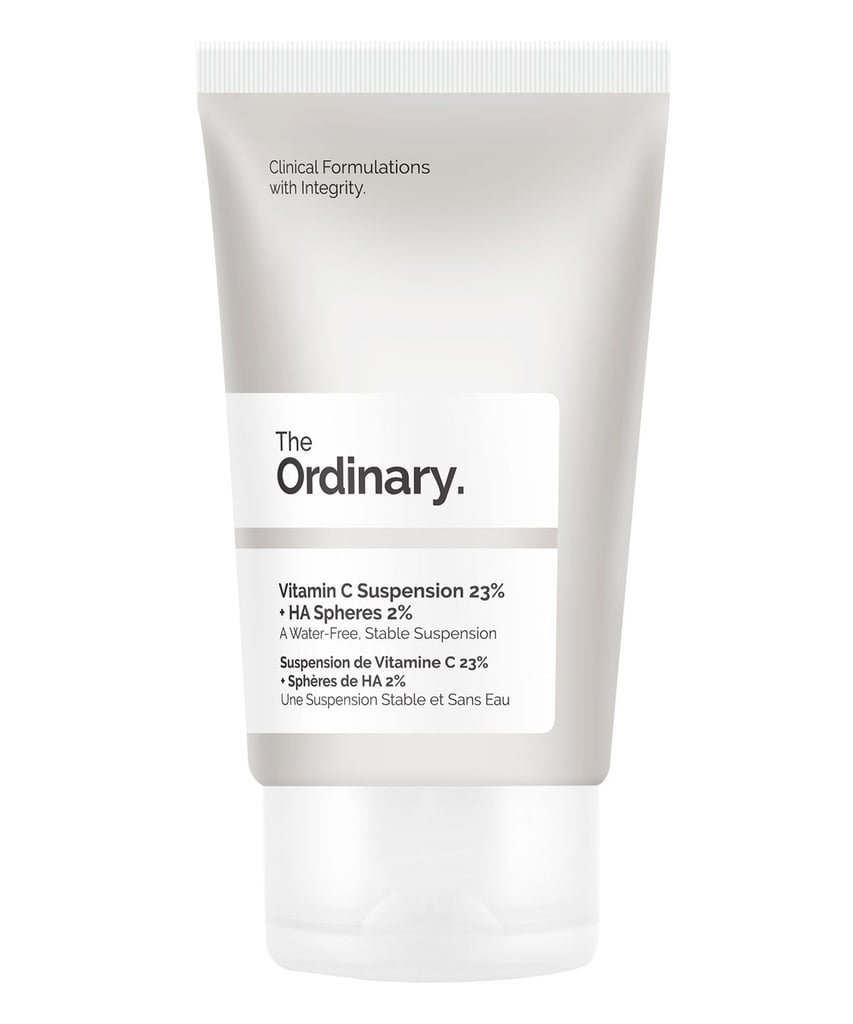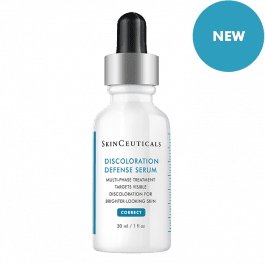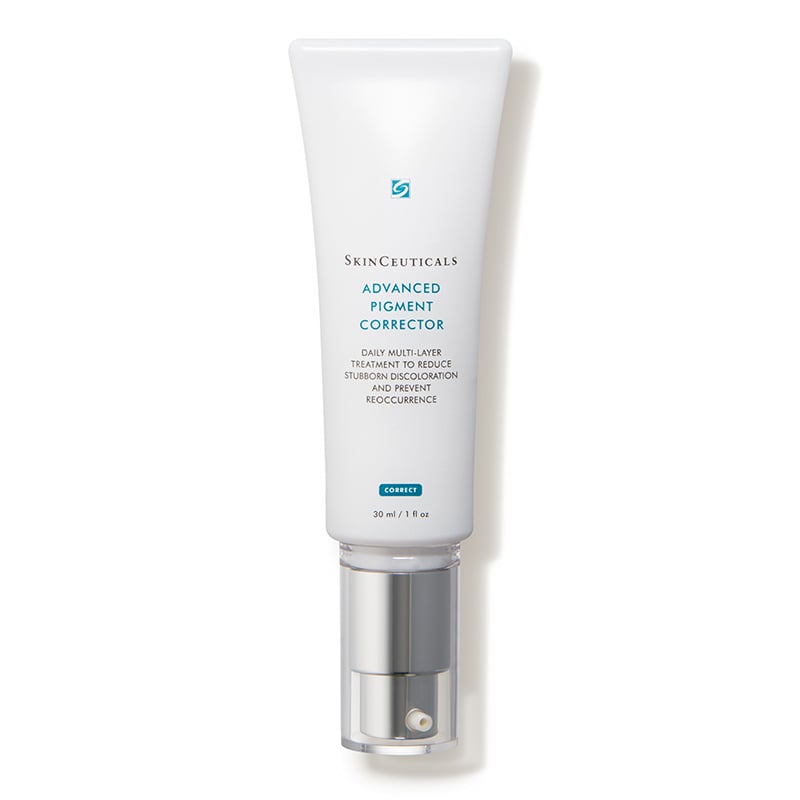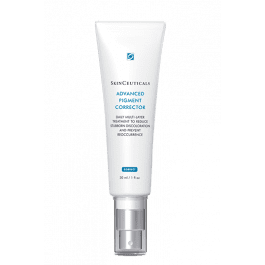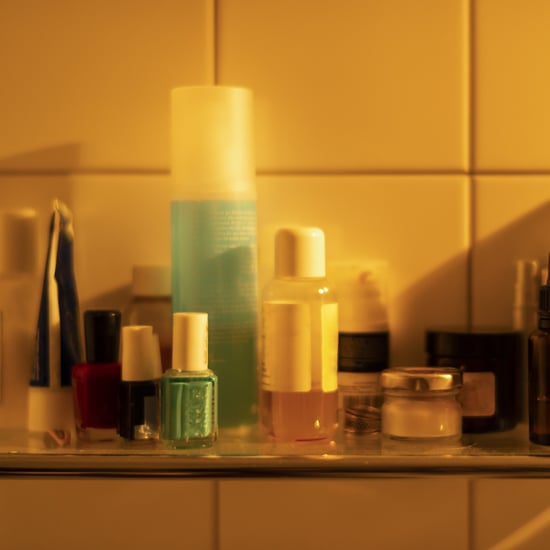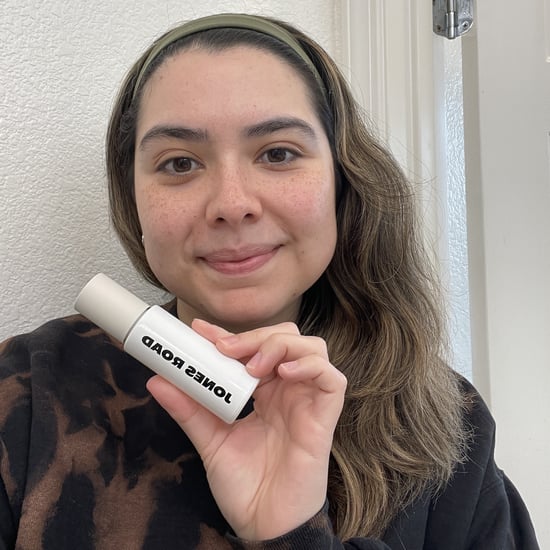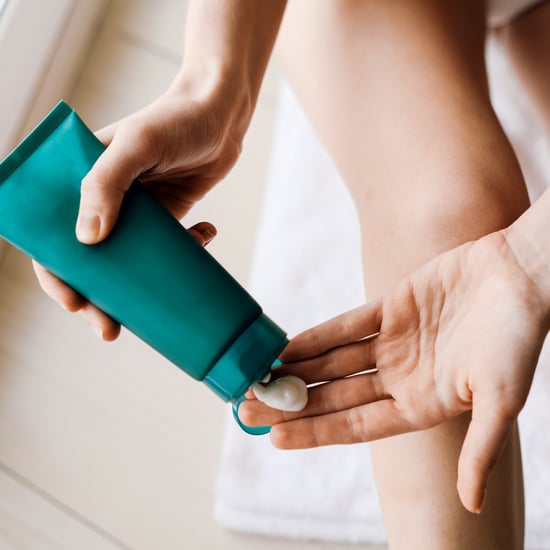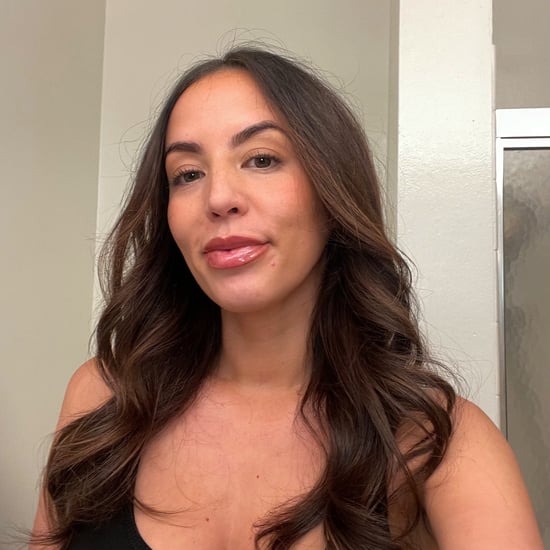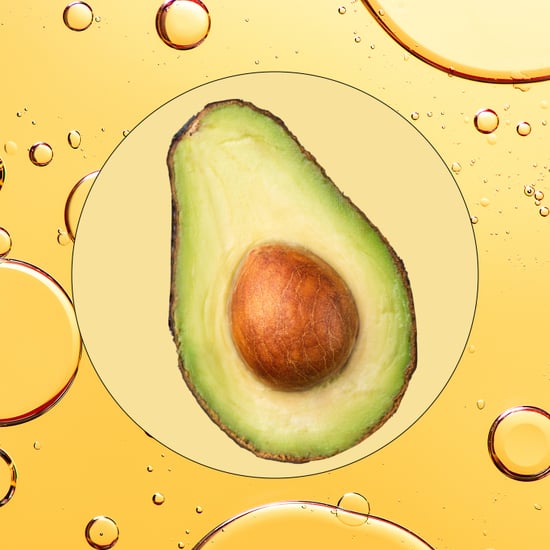How to Prevent and Fade Sun Spots, According to Doctors
How to Prevent and Fade Sun Spots, According to Dermatologists
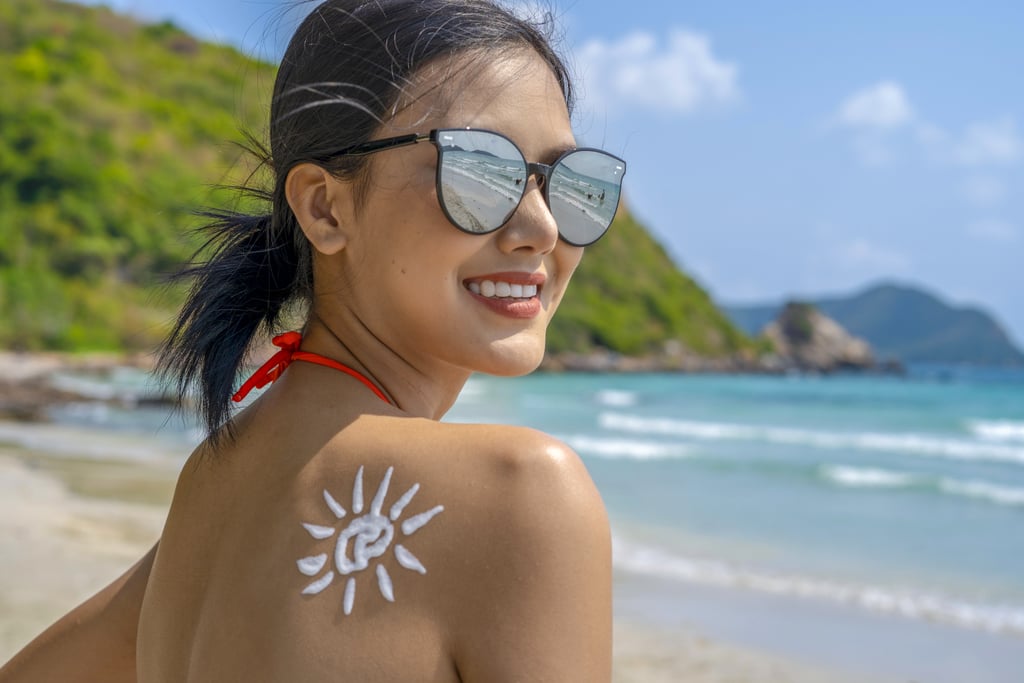
As POPSUGAR editors, we independently select and write about stuff we love and think you'll like too. If you buy a product we have recommended, we may receive affiliate commission, which in turn supports our work.
Sun spots (otherwise known as solar lentigines) are harmless, noncancerous, flat brown spots that appear on your skin after too much exposure to the sun. According to the three dermatologists we interviewed, the best way to treat them is to prevent them in the first place —— in other words, slip slop slap. But for those who already have the spots, and want to treat them for cosmetic reasons, the next best thing to do is to fade them using clinical and/or topical treatments.
Before you get confused like I did, sun spots are different to freckles. "[Sun spots] are generally much larger than freckles, being typically 5mm in width," said Dr Mark Hudson-Peacock, consultant dermatologist and medical director at London's Stratum Clinics. "The number and size of solar lentigos often increases with age, and, in comparison to freckles, they do not fade much during the winter months."
Dr Emma Craythore, a London-based dermatologist and dermatological surgeon who specialises in skin cancer, was quick to point out that it can difficult to recognise the differences between sun spots and a type of skin cancer called lentigo maligna. "This type of pre-skin cancer also presents as a flat, brown or black, irregularly shaped lesion, but it grows very slowly. If you notice a brown spot with multiple colours or an irregular border, it's important to seek medical advice". If you're sure you have sun spots as described by Dr Hudson-Peacock above, read on to find out what dermatologists recommend for fading.
Prevention
Whether you're trying to avoid sun spots or stop them from worsening, sun protection is key. Never let your skin burn and don't even think of stepping near a sun bed. According to Dr Craythorne, you should be applying broad spectrum SPF 50 sunscreen at least twice a day year-round. Dr Susan Mayou, a consultant dermatologist at the Cadogan Clinic in London, agreed, noting that clothing in the form of a hat, sunglasses, and t-shirt is the best.
Laser and IPL
Dr Craythorne's preferred method for treating sun spots is with energy-based devices such as a laser (look for Qswitch Nd:Yag) or intense pulsed light (IPL). Dr Hudson-Peacock agreed, explaining that, "Lasers work by emitting a very strong light of a single wavelength that is carefully matched to the absorption characteristics of the target tissue (the sun spot). The light is then absorbed by the target and converted into heat, thereby destroying the target". In comparison, IPL systems deliver hundreds of wavelengths in each burst of light with coloured filters. Hudson-Peacock claimed one session of laser or IPL is usually sufficient, however results vary according to skin type.
Cryotherapy
All three dermatologists recommended cryotherapy as a treatment for fading sun spots. Also known as extreme freeze therapy, cryotherapy literally freezes the sun spot. "The treated skin then swells, settles over 24 to 48 hours, and then gradually turns darker brown, before gently crusting off over the next one to two weeks," said Dr Hudson-Peacock.
Chemical Peels
Dr Craythorne, Dr Hudson-Peacock, and Dr Mayou all agreed that in-office chemical peels can be an effective way of reducing the appearance of sun spots. Chemical peels involve the application of an acid-based formula to your face to encourage the skin to peel off and unveil a new layer. According to Dr Hudson-Peacock, it's important to recognise the difference between a superficial chemical peel that's used to reduce blackheads and unblock pores, and a medium-depth chemical peel that targets pigmentation and sun spots, the latter of which needs to be administered by a dermatologist.
Prescribed Lightening Creams
"Lightening creams containing tretinoin, azelaic acid, or hydroquinone can be effective — they all work by altering various parts of the pigment-producing pathway, ultimately reducing the amount of pigment in the skin where applied," said Dr Hudson-Peacock. You'll need to see a doctor or dermatologist if you're interested, as many creams containing these ingredients need a prescription. Like many of the other treatments, results vary on a case by case basis.
Over the Counter Fading Products
If you're not prepared to undergo clinical treatment for your sun spots, you can still find fading creams at the shops. "Over the counter fading products are more gentle but less effective," said Dr Mayou. She recommended the new Skinceuticals Discolouration Defence and Advanced Pigment Corrector. Dr Craythorne recommended Murad Rapid Age Spot and Pigment Lightening Serum or The Ordinary Topical Vitamin C, adding that "these are slow to get a response and may not completely resolve the problem."
Click through for all the over the counter products recommended by the dermatologists we interviewed.
La Roche Posay Anthelios XL SPF 50+ Ultralight Fluid 50ml
Prevention is key when it comes to stopping your sun spots from worsening. Try La Roche Posay Anthelios XL SPF 50+ UltraLight Fluid 50ml (£17) for everyday wear.
SkinCeuticals C E Ferulic
Dr Hudson-Peacock recommended the holy grail of skin care, SkinCeuticals C E Ferulic (£135), as a daily antioxidant to be applied 10 minutes after sunscreen.
Murad Rapid Age Spot Correction Serum
Dr Craythorne selected the Murad Rapid Age Spot Correction Serum (£75) as her over-the-counter fading product of choice.
The Ordinary Vitamin C Suspension 23% + HA Spheres 2%
For those wanting to fade sun spots on a budget, Dr Craythorne suggested using The Ordinary Vitamin C Suspension 23% + HA Spheres 2% (£5).
SkinCeuticals Discoloration Defense
Dr Susan Bayou believes SkinCeuticals Discoloration Defense (£85) is one of the best over-the-counter products you can buy for reducing the appearance of sun spots.
SkinCeuticals Advanced Pigment Corrector
Along with SkinCeuticals Discoloration Defense, Dr Bayou endorsed this SkinCeuticals Advanced Pigment Corrector (£95).


